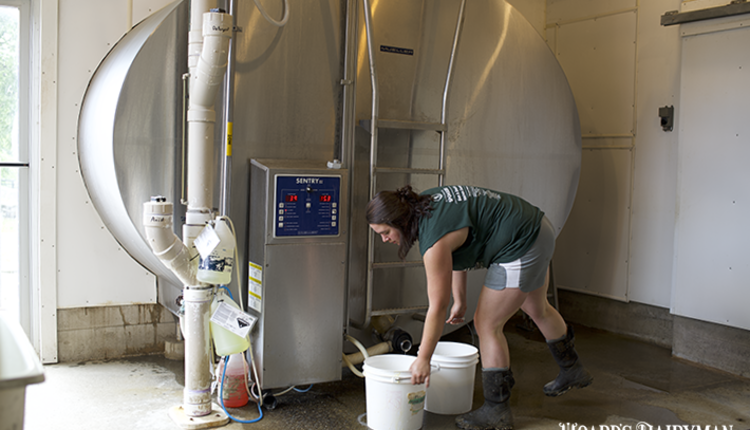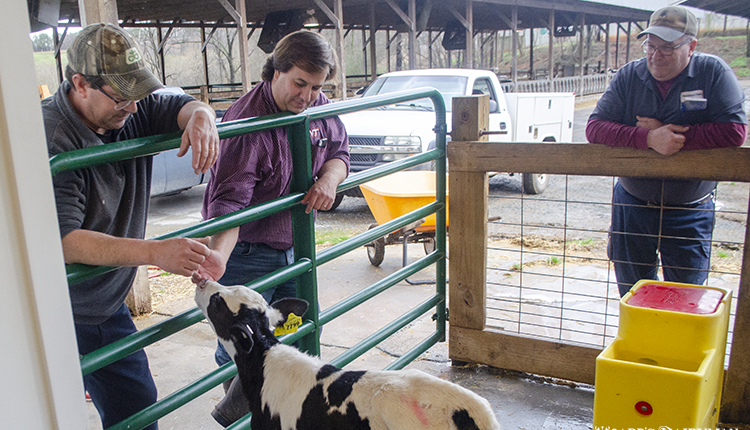
Previously, a financial analysis system called “DuPont” was introduced that assesses profitability through three primary levers:
- Asset utilization
- Efficiency
- Leverage
If analysis shows that “Efficiency” is not at the desired level, then where should people spend their time tomorrow after breakfast to improve it?
Efficiency is measured by profits (Profits = Net Farm Income from Operations + Interest – Unpaid Labor and Management) divided by total revenues. It shows how well a business is creating net revenues from gross revenues after expenses are paid.
Which is better, $5 million in gross revenues with $5 million of expenses or $50,000 in gross revenues with $25,000 of expenses? The answer is $50,000, but if efficiency can be improved, even a little, $5 million in gross revenues will pay well!
Anything that changes the numerator (profits) to be relatively low will cause the ratio and, thus, efficiency of operations to be low. Management changes that increase revenues more than a corresponding rise in costs, reduce costs more than a corresponding decrease in revenues, or both will lead to efficiency improvements. A few potential areas to consider include:
- Yields per acre, per cow, and so forth, more than a corresponding rise in costs
- Feed waste
- Field practices (populations of pests and pest control)
- Animal health
- Genetics
- Input costs: total, per acre, and per cow (seed, fertilizer, feed, repairs, supplies, and so forth)
- Livestock revenue per dollar of feed fed
- Quality of inputs
- Rental arrangements
- Labor (more production per laborer or maintain production with less labor through training, incentive plans, and better procedures)
- Outsourcing
- Partnerships and alliances
- Quality of facilities
- Cost-reducing technologies








